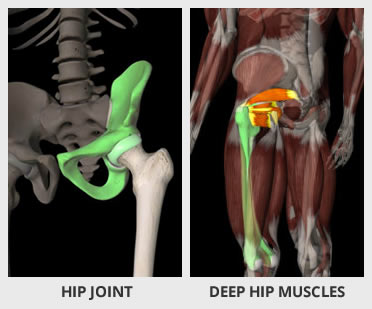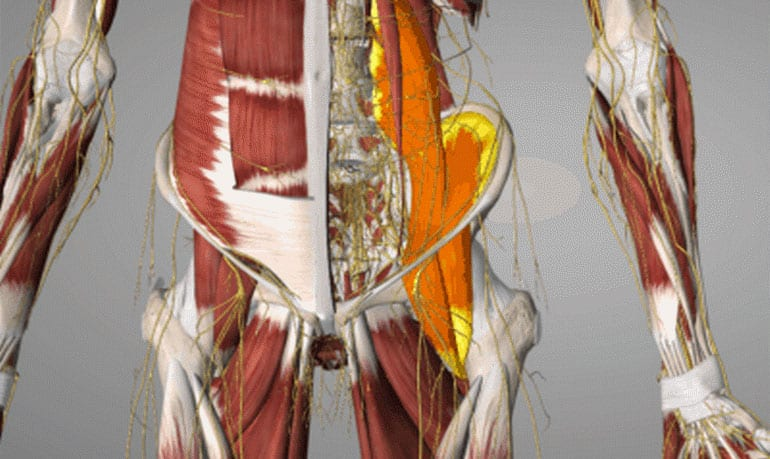Why are my Hip Flexors Always so Tight?!
Chances are if you’ve landed here you’re one of the many many people who have tried again and again to fix their tight hip flexors. If you have a few minutes this write up may shed some light on why all the stretching in the world never seems to fix them!
If you’re also dealing with tight hamstrings, you’ll want to head to our other blog afterwards on why hamstrings get tight, and why stretching them will never fix backpain.
Hips don’t lie, and when they feel tight, they’re often reporting a stability and strength problem. Here’s what we’ll cover:
- Basic hip joint and muscle anatomy
- Why your hips feel tight and why stretching may not be the answer
- What to do to relieve hip tightness
Basic Hip Joint and Muscle Anatomy
The hip joint is made up of a ball and socket, allowing for movement in many directions. In order to control these multi-directional movements, the muscles of the hip – especially the deep ones – need adequate strength and stability.

Basic Hip Joint and Muscle Anatomy
The hip joint is made up of a ball and socket, allowing for movement in many directions. In order to control these multi-directional movements, the muscles of the hip – especially the deep ones – need adequate strength and stability.
The most important job of the deep hip muscles is to keep the ball (top of the leg bone) in an optimal position in the socket (hip bone). When they don’t do this job well, the ball may do some extra shifting around during movement, instead of purely rolling and gliding. This excessive motion may be referred to as ‘micro-instability’. It can cause irritation and pain in the hip joint itself, or lead to discomfort in other parts of the body such as the knees or low back.
The body responds to micro-instability by contracting muscles. When muscles contract, they shorten and can provide stability to joints. Generally speaking, the muscles located deep and close to the spine play the largest role in stability. Meanwhile, the superficial muscles further from the spine play a greater role in moving the limbs.
The deep stabilizing muscles should be working during nearly all movements, so that the bigger ‘mover’ muscles can act most effectively to get you where you want to go. If these deeper muscles are weak or inhibited, then the larger, stronger muscles may be used to compensate. The problem with this, is that these larger muscles are not meant to stabilize – they are made for movement. Though they may try to compensate for the weak stabilizing musculature, it’s difficult for them to take on both roles.
Why Your Hips Feel Tight, and Why Stretching May Not be the Answer
What we commonly see happen, then, is overuse and strain on large muscles like the hip flexors, quadriceps, and hamstrings (see the highlighted muscles below). Your hip flexors may feel tight because they are working overtime to help provide stability – not because they need to be stretched! The same thing goes for your hamstrings and quadriceps. Overuse of these large muscle groups may lead to strain in the muscles themselves, or at their attachments to bone. Not only that, but it can also lead to compression and irritation at multiple joints- hips, knees, pelvis or low back. For more info on treating your back, check out the best treatment for low back pain.




